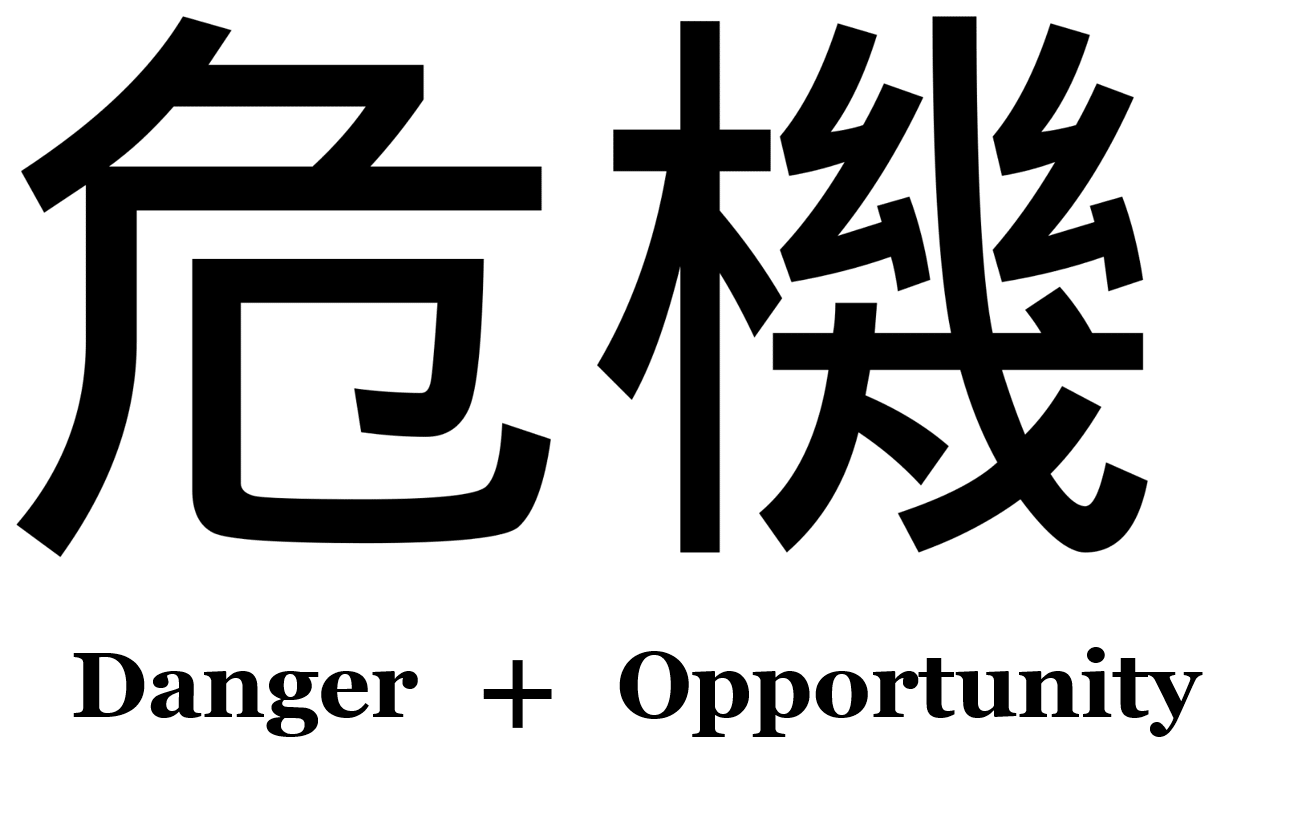Only when the tide goes out do you discover who’s been swimming naked.
Is the Houston economy’s metaphorical “tide” going out? It’s hard to say, but some businesses are definitely feeling a bit “naked” these days. They may not even realize the peril they’re in because they still have positive cash flow despite the fact they’re losing money. This begs the question…
How long can a company lose money without running out of cash?
The simple answer to the question “how long can a company lose money without running out of cash?” can be found by using this equation:
Liquidity / Burn Rate = Timeline
… where Liquidity = the amount working capital of the company that can be converted into cash
This formula can be very helpful in projecting how much time you have to find a solution to turn things around.
Let’s assume you have $1,000,000 in working capital and are losing $100,000 a month. According to the formula, you will only have 10 months before you run out of cash. The trouble is, you’ve predicted the downturn to last up to 18 months.
Now what?
Managing “Crisis”
 The character for the word crisis in Chinese is actually comprised of two other characters – danger and opportunity. The key to surviving, even thriving, during times of crisis is to find the opportunity amidst the danger.
The character for the word crisis in Chinese is actually comprised of two other characters – danger and opportunity. The key to surviving, even thriving, during times of crisis is to find the opportunity amidst the danger.
Your first answer to the crisis was probably to cut costs. Most likely, you’ve already done as much of that as you can so let’s look at some other ways to weather the storm.
Improving Productivity
One way to stretch your working capital is by improving productivity. Productivity can be defined as:
Productivity = Throughput/Resource
Examples of throughputs are hours worked, widgets produced, etc. Resources are people, materials, etc.
In order to improve productivity you must:
- Understand the processes – How do we do things around here?
- Identify and measure drivers – What’s really driving results?
- Identify bottlenecks & inefficiencies – What’s going wrong?
- Simplify the process – What can we cut out?
- Communicate to everyone – Everyone needs to be on the same page.
- Tie rewards to results – What gets rewarded gets repeated.
Improving Cash Flow
If you’re worried that you’ll run out of cash before things turn around, it’s time to focus on reducing your cash conversion cycle.
Cash conversion cycle = DSO + DIO – DPO
Where:
DSO = Days Sales Outstanding
DIO = Days Inventory Outstanding
DPO = Days Payables Outstanding
Some of the ways to reduce your Cash Conversion Cycle are:
Lastly, you must measure cash flow on a daily, weekly, quarterly and annual basis.
You can’t manage your cash flow if you don’t measure it!
[box]Want a step-by-step guide to improve your cash flow? Download our free tip sheet 25 Ways to Improve Cash Flow.[/box]
In order to measure cash flow effectively, you’ll need to take a look at your cash flow statement. On the cash flow statement, you’ll see three different type of cash flows:
- operating
- investing
- financing
Operating
Your operating cash flows focus on the measurement of cash generated by your operations. This is the most important cash flow type to look at when experiencing a positive cash flow and a negative net income. Because a positive cash flow is able to maintain current operations and potentially grow the operations, operating cash flow could be the main determinant in why you’re running out of cash in a positive cash flow period. If you’re experiencing this, you either are hiring personnel and can’t avoid it, OR you’re experiencing collections problems and/or have poor debt structure.
The bottom line of your operating cash flow determines whether your company will make a profit or not.
Investing & Financing
This type of cash flow deals with the cash flowing between the firm and its owners. For example, any technology investments or meeting requirements (payroll, etc.) would be considered investment cash flow. This type cannot be controlled like the operating cash flow due to the investment of necessary items.
If you’re experiencing this in your investing cash flows, look at your assets to determine if each asset is absolutely needed. The solution to an investing cash flow problem would be to sell some of these assets. In addition, consider raising capital to get over the hump.
For more tips on how to manage your cash flow, click here.

[box]Strategic CFO Lab Member Extra
Access your Cash Flow Tuneup Execution Plan in SCFO Lab. This tool enables you to quantify the cash unlocked in your company.
Click here to access your Execution Plan. Not a Lab Member?
Click here to learn more about SCFO Labs[/box]











